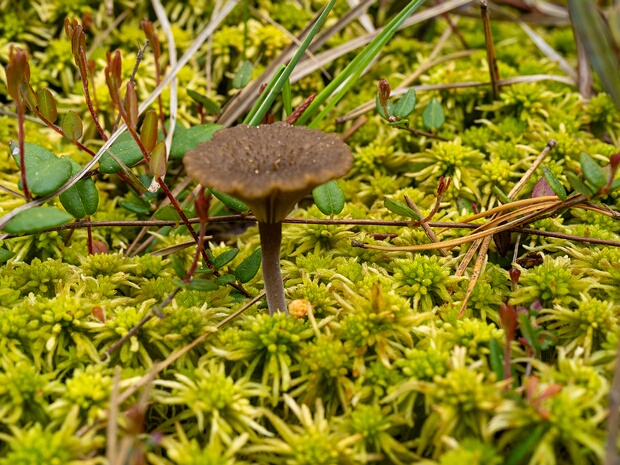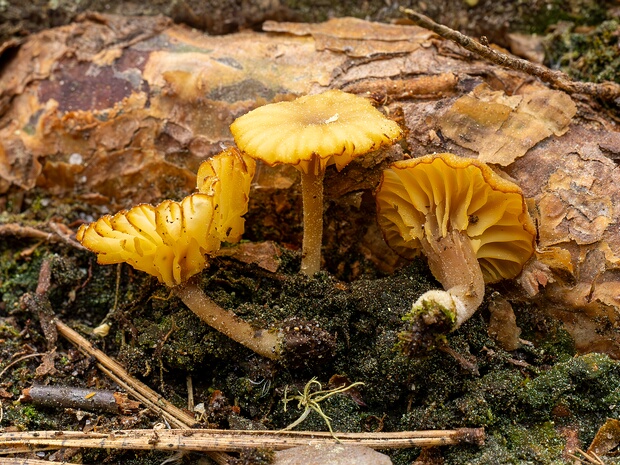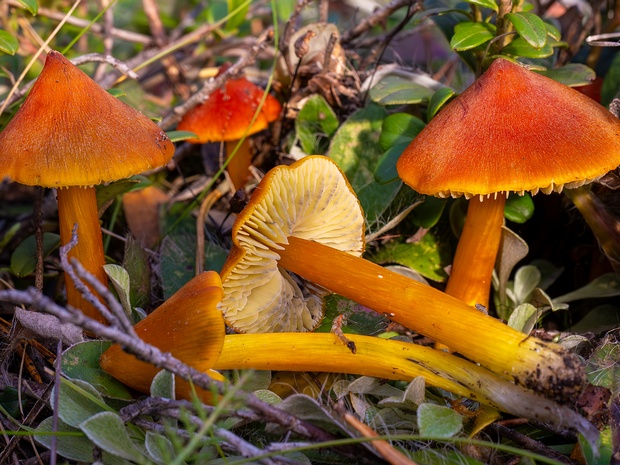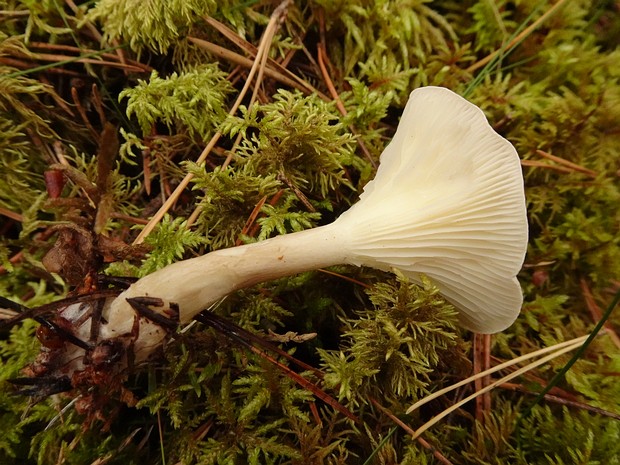
Ampulloclitocybe clavipes - Ампуллоговорушка булавоногая - Club-footed Clitocybe - Keulenfuß-Trichterling
Ampulloclitocybe clavipes, commonly known as the Club-footed Clitocybe or Keulenfuß-Trichterling, is a medium-sized basidiomycete mushroom belonging to the…
4 images
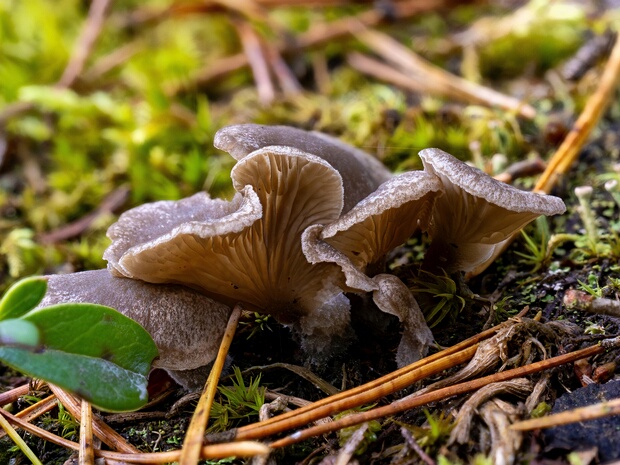
Аррения мякинная - Arrhenia acerosa
16 images
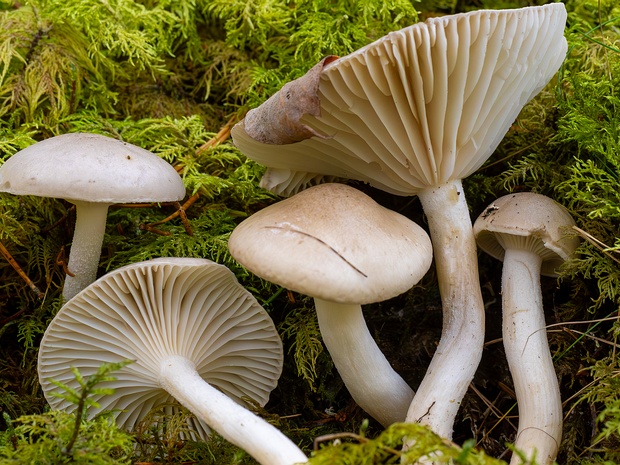
Hygrophorus agathosmus - Гигрофор благоуханный - Gray Almond Waxy Cap - Duftender Schneckling
Hygrophorus agathosmus, also known as the Gray Almond Waxy Cap or Duftender Schneckling, is a small to medium-sized basidiomycete mushroom belonging to the…
26 images
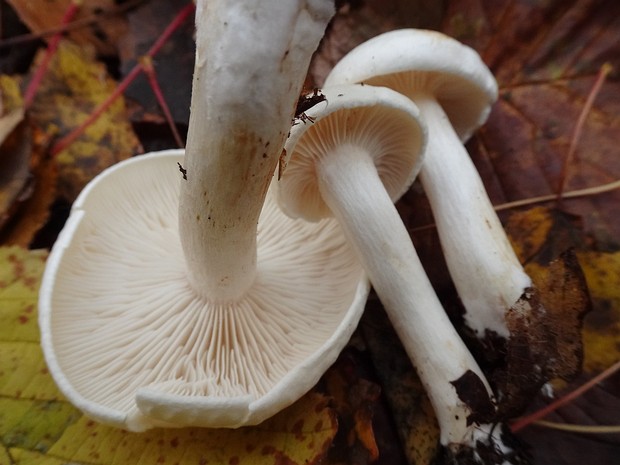
Hygrophorus eburneus - Гигрофор желтовато-белый - Ivory Waxy Cap - Elfenbein-Schneckling
Hygrophorus eburneus, commonly known as the Ivory Waxy Cap or Elfenbein-Schneckling, is a small to medium-sized basidiomycete mushroom belonging to the family…
8 images
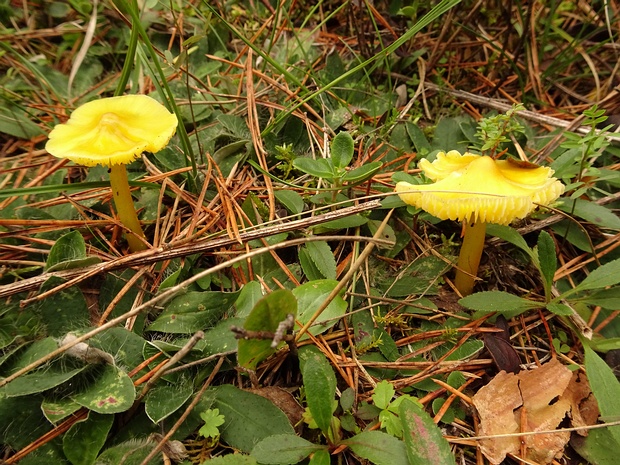
Hygrocybe chlorophana - Гигроцибе жёлто-зелёная - Golden Waxcap - Goldgelber Saftling
Hygrocybe chlorophana, commonly known as the Golden Waxcap or Goldgelber Saftling, is a small to medium-sized basidiomycete mushroom belonging to the family…
17 images
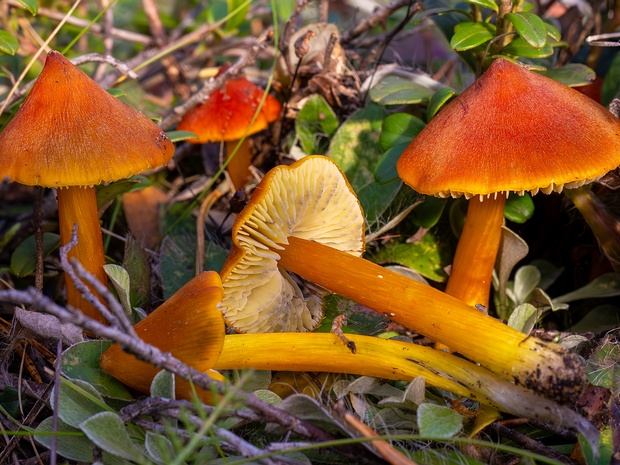
Hygrocybe conica - Гигроцибе коническая - Blackening Waxcap - Spitzkegeliger Saftling
Hygrocybe conica, commonly known as the Blackening Waxcap or Spitzkegeliger Saftling, is a small to medium-sized basidiomycete mushroom belonging to the family…
87 images
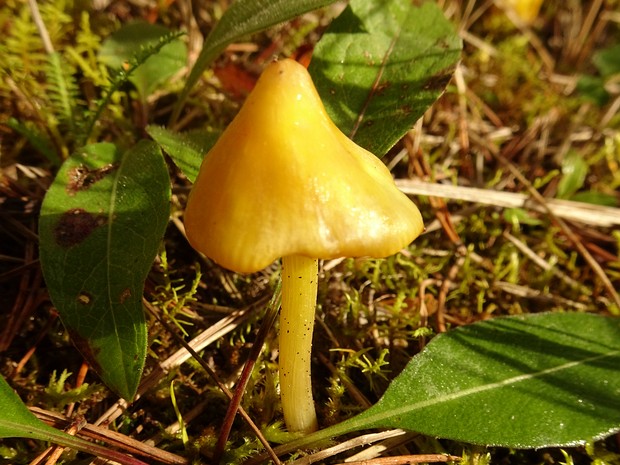
Hygrocybe acutoconica - Гигроцибе остроконическая - Spruce Waxcap - Spitzkegeliger Filzschüppling
Hygrocybe acutoconica, commonly known as the Spruce Waxcap or Spitzkegeliger Filzschüppling, is a small to medium-sized basidiomycete mushroom belonging to the…
5 images
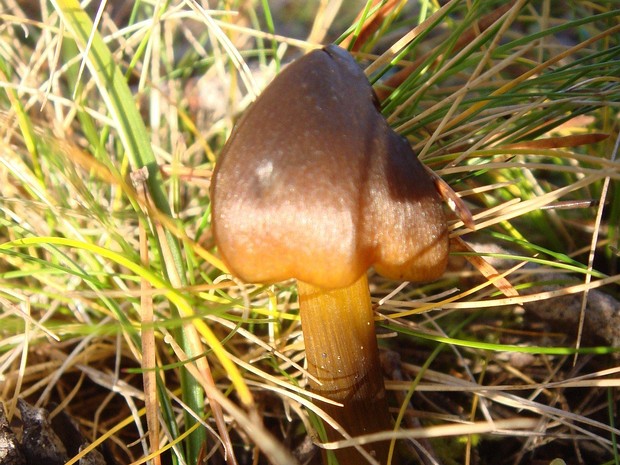
Hygrocybe psittacina - Гигроцибе пёстрая - Parrot Waxcap - Papagei-Saftling
Hygrocybe psittacina, commonly known as the Parrot Waxcap or Papagei-Saftling, is a small to medium-sized basidiomycete mushroom belonging to the family…
1 image
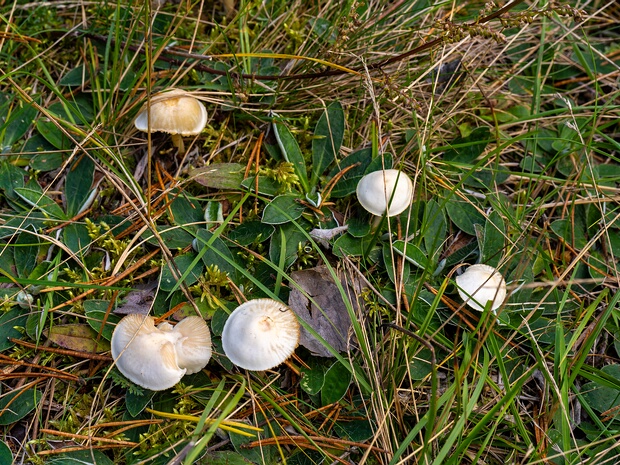
Cuphophyllus virgineus - Куфофиллус девичий - Snowy Waxcap - Weißer Saftling
Cuphophyllus virgineus, commonly known as the Snowy Waxcap or Weißer Saftling, is a small to medium-sized basidiomycete mushroom belonging to the family…
14 images
